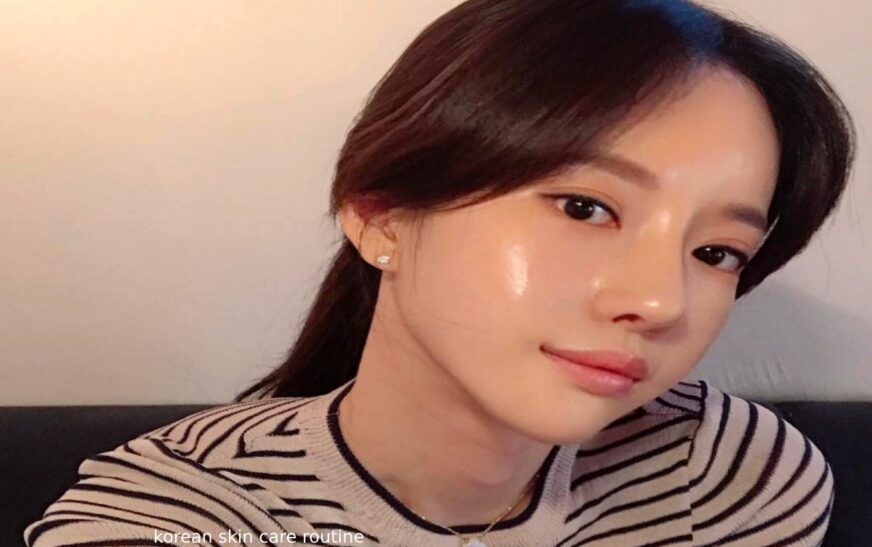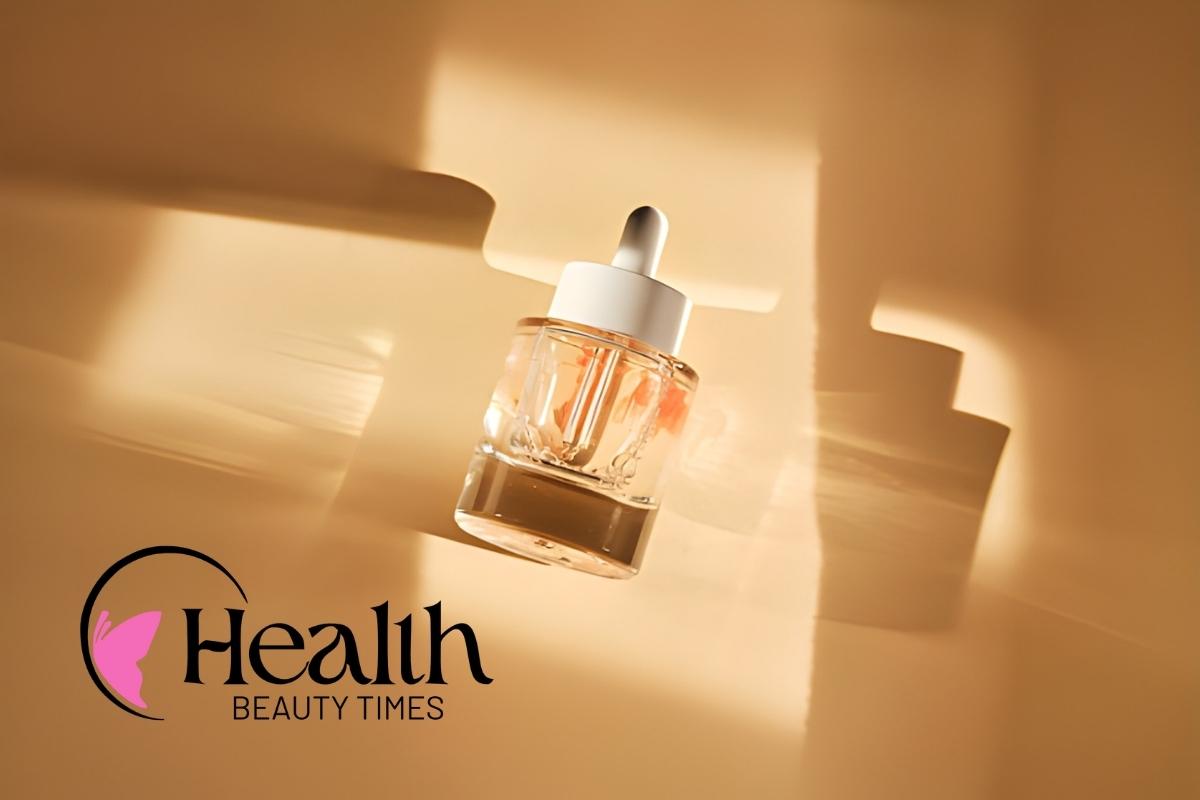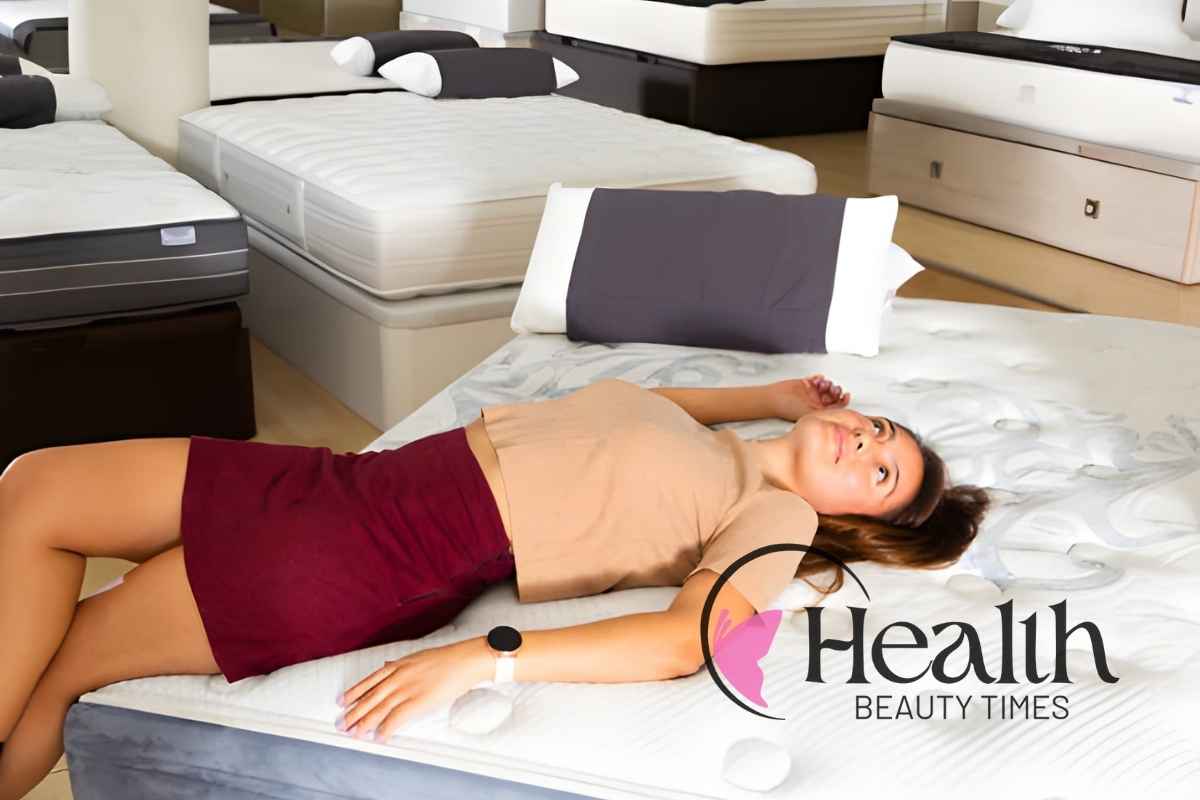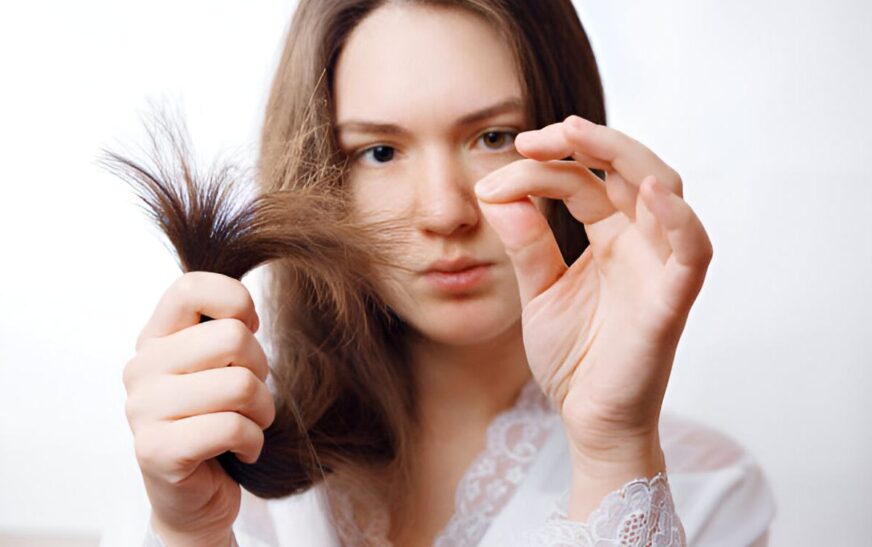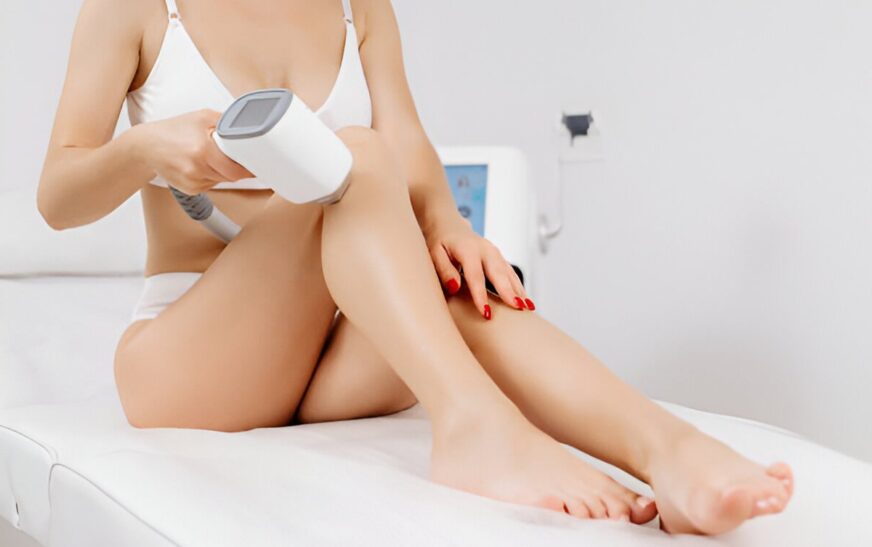Introduction
Wondered how Korean influencers get that incredible glass skin look. Here’s the thing – it’s not magic or expensive treatments. The secret is actually the Korean skin care routine that’s been quietly revolutionizing how we think about skincare.
When I first heard about the 10-step routine, I thought it was complete overkill. But here’s what changed my mind: Korean beauty isn’t about quick fixes or harsh scrubs. It’s about treating your skin like the delicate organ it is, with patience and consistency.
In this guide, you’ll learn exactly how to build your own routine, which products actually work, and (this is important) which mistakes could be sabotaging your results. Trust me, once you understand the why behind each step, everything clicks into place.
What Is the Korean Skin Care Routine?
What exactly makes the Korean skin care routine different from what you’re doing now? It all comes down to philosophy. While Western skincare often focuses on stripping away problems, K-beauty is about feeding your skin what it needs to thrive.
To achieve you need to follow a routine which typically involves anywhere from 8 to 12 steps, but don’t panic – you’re not signing up for a part-time job. Most people find their sweet spot around 6-8 products that make sense for their lifestyle. The magic happens when you layer these products from lightest to heaviest, kind of like building a cake.
Here’s what really sets Korean skincare apart: it’s all about prevention. You can maintain healthy skin from the start instead of waiting until you have acne or wrinkles. Think of it like going to the gym regularly instead of crash dieting before beach season.
The famous “glass skin” effect comes from this consistent approach. Korean beauty brands have perfected the art of creating gentle, hydrating formulas that work in harmony with your skin, rather than against it. Ingredients like snail secretion (I know, I know), green tea, and fermented rice water may sound unusual, but they have centuries of proven results.
And honestly? The routine is flexible.
Essential Steps in a Korean Skincare Regimen
Let me guide you through the core steps that comprise a proper Korean skincare routine. Don’t worry – I’ll explain why each one matters so you can decide which ones are non-negotiables for your skin.
Double cleansing is your foundation, and it’s the step that’ll make the most significant difference in your skin. You start with an oil-based cleanser to gently melt away makeup, sunscreen, and the grime that accumulates throughout the day. next , follow with a gentle water-based cleanser to remove everything that your oil cleanser loosened up. This isn’t overkill – it’s thorough.
Toning comes next, but forget everything you know about harsh toners that make your face feel tight. Korean toners are like a drink of water for your skin. You can pat them on with your hands (my preference) or use a cotton pad, whatever feels better. by doing this step prepares your skin to absorb all the beneficial ingredients you will apply.
Essences and serums are where the magic happens. Think of essences as a hybrid between toner and serum – they’re lightweight but packed with active ingredients. Serums tackle your specific concerns, whether that’s dark spots, fine lines, or dehydration. The key is applying them in order from thinnest to thickest consistency.
Moisturizer and sunscreen wrap everything up. The best part about Korean moisturizers they tend to be lighter than you might be used to, but they’re incredibly effective at sealing in all those hydration layers. And sunscreen? Non-negotiable during the day. Korean sunscreens feel like silk compared to the thick, white stuff you might remember from childhood.
Best Korean Beauty Products for Each Step
Now, let’s talk products. I’ve tested hundreds of Korean skincare items over the years, and they deliver on their promises without breaking the bank.
For your cleansing routine, i will always recommend starting with something gentle but effective. The Banila Co Clean It Zero balm is fantastic for removing even waterproof makeup, and it doesn’t leave that greasy film some oil cleansers do. For your second cleanse, the COSRX Low pH Good Morning Gel Cleanser is gentle enough for daily use but thorough enough actually to clean your skin.
Hydrating layers are where you can really customize your routine. The COSRX Snail 96 Mucin Power Essence may sound unappealing, but it feels fantastic – it’s like a healing potion for irritated or damaged skin. If you want to splurge, the SK-II Facial Treatment Essence is worth the hype; however, there are great dupes, such as the Missha Time Revolution First Treatment Essence.
When it comes to serums, think about what your skin actually needs. The Ordinary’s Hyaluronic Acid Serum is a hydration powerhouse that works under any moisturizer. For oil control and pore minimization, try the Paula’s Choice 2% BHA Liquid Exfoliant, although technically it’s not Korean – it just complements K-beauty routines nicely.
For your final steps, the Laneige Water Sleeping Mask is ideal for those nights when your skin feels particularly dry. During the day, Japanese sunscreens like Biore UV Aqua Rich Watery Essence layer beautifully under makeup and never feel heavy or greasy.
Morning vs Evening Korean Skin Care Routine
Here’s something most guides don’t tell you: your morning and evening routines should be completely different animals. Your skin has different needs when it’s getting ready to face the day versus when it’s in repair mode overnight.
Your morning routine should be all about protection and preparation. I usually skip the oil cleanser in the morning since I cleaned thoroughly the night before. Splash with water or use a gentle cleanser if your skin feels oily. This is when you want your antioxidant serums, such as vitamin C, to shield your skin from environmental damage throughout the day.
Keep mornings streamlined, because let’s be real – who has 30 minutes to spend on skincare when you’re rushing to work? My go-to morning routine is cleanser (if needed), toner, vitamin C serum, moisturizer, and sunscreen. It takes 8 minutes and my skin feels protected all day.
Evenings are when you can go all out. This is the perfect time for your double cleanse, especially if you’ve worn makeup or sunscreen. The evening is also a good time to apply your treatment products, such as retinol, AHA/BHA exfoliants, or any prescription treatments recommended by your dermatologist.
I love using a sheet mask or sleeping mask at night when I have time. Your skin does most of its repair work while you sleep, so feeding it extra nutrients before bed makes sense. Plus, there’s something incredibly relaxing about taking those extra few minutes for yourself at the end of a long day.
The key is consistency over complexity. I’d rather see you do a simple 4-step routine every single day than an elaborate 12-step routine once a week. Your skin responds to consistency, not perfection.
Common Korean Skincare Mistakes to Avoid
Let me share some hard-earned wisdom about what can go wrong with a Korean skincare routine. I’ve made most of these mistakes myself, so I hope you can learn from my trial and error.
The biggest mistake? Going overboard with exfoliation. when you discover chemical exfoliants and see how amazing they make your skin look, it’s tempting to use them every day. Don’t. Korean skincare is about gentle, consistent care, not aggressive treatment. Limit your acid use to 2-3 times per week at most, and never layer multiple exfoliants in one routine.
Product layering order matters more than you think. From my experience i used to slap everything on in whatever order, and then wonder why my expensive serums weren’t working. The rule is simple: thinnest to thickest consistency, always. Allow each layer to absorb for about 30 seconds before adding the next one. It seems fussy, but it makes a huge difference.
Patch testing isn’t optional, especially with Korean products that might contain ingredients you’ve never used before. I learned this the hard way with a snail cream that gave me a rash across my entire face. Now I test everything new on my inner arm for 24 hours before putting it anywhere near my face.
Don’t ignore the changes in your skin. What works in summer might be too light for winter. every person needs to know things your skin needs in your 20s differs from what it needs in your 30s. I adjust my routine seasonally and pay attention to how my skin responds. If something stops working or starts irritating, it’s time to switch it up.
Managing expectations is crucial. Korean skincare isn’t a magic wand – it’s a long-term investment in your skin’s health. You shall notice some improvements in hydration within a week or two, but significant changes in texture, tone, and overall skin quality typically take several months to become noticeable. Stick with it.
Conclusion
The Korean skin care routine isn’t just about following steps – it’s about transforming your entire approach to skincare. Instead of fighting your skin, you’re working with it, giving it what it needs to be healthy and radiant.
Start simple, be consistent, and consider how your skin responds. You don’t need to buy 20 products tomorrow. Pick a few basics, get comfortable with those, and then gradually add other steps as they become habits.
Your skin is unique, so your Korean skincare routine should be tailored to you. Take the principles, find products that work for your skin type and budget, and create something sustainable. Trust the process – your future glass skin self will thank you.
FAQs
Q1: Do I really need to do all 10 steps of the Korean skincare routine?
A1: Absolutely not! The “10-step” thing is more of a maximum than a requirement. Most people find their sweet spot with 5-7 products that address their specific skin concerns and fit their lifestyle.
Q2: What exactly is double cleansing, and why is it so important?
A2: Double cleansing involves using an oil-based cleanser first to break down makeup and sunscreen, followed by a water-based cleanser to remove everything else. It’s like washing dishes – you need to cut through the grease before you can get things actually clean.
Q3: How long before I’ll see results from Korean skincare?
A3: You may notice better hydration within the first week or two.Anyhow the real “glass skin” results – improved texture, fewer breakouts, and a more even tone – usually take about 6-12 weeks of consistent use to become truly noticeable.
Q4: Can Korean skincare work for sensitive or acne-prone skin?
A4: Absulotely ! Korean skincare is generally much gentler than Western approaches. The key is to start slowly and patch-test everything. Many people with sensitive skin actually find K-beauty products less irritating than what they were using before.
Q5: What’s the one step I absolutely cannot skip?
A5: The one step you cannot miss is Sunscreen during the day, hands down. All the serums and treatments in the world won’t help if you’re not protecting your skin from UV damage. At night, proper cleansing is non-negotiable – you can’t build healthy skin on a dirty foundation.
Q6: Are Korean skincare products actually better than Western ones?
A6: It’s not about better or worse – it’s about philosophy. Korean brands tend to focus on gentle, preventive care with innovative ingredients, while Western brands often target specific problems more aggressively. Both approaches have their place, and many people mix products from different regions.
Don’t Miss These: Can Laser Hair Removal Cause Cancer? Here’s What Doctors Actually Say

